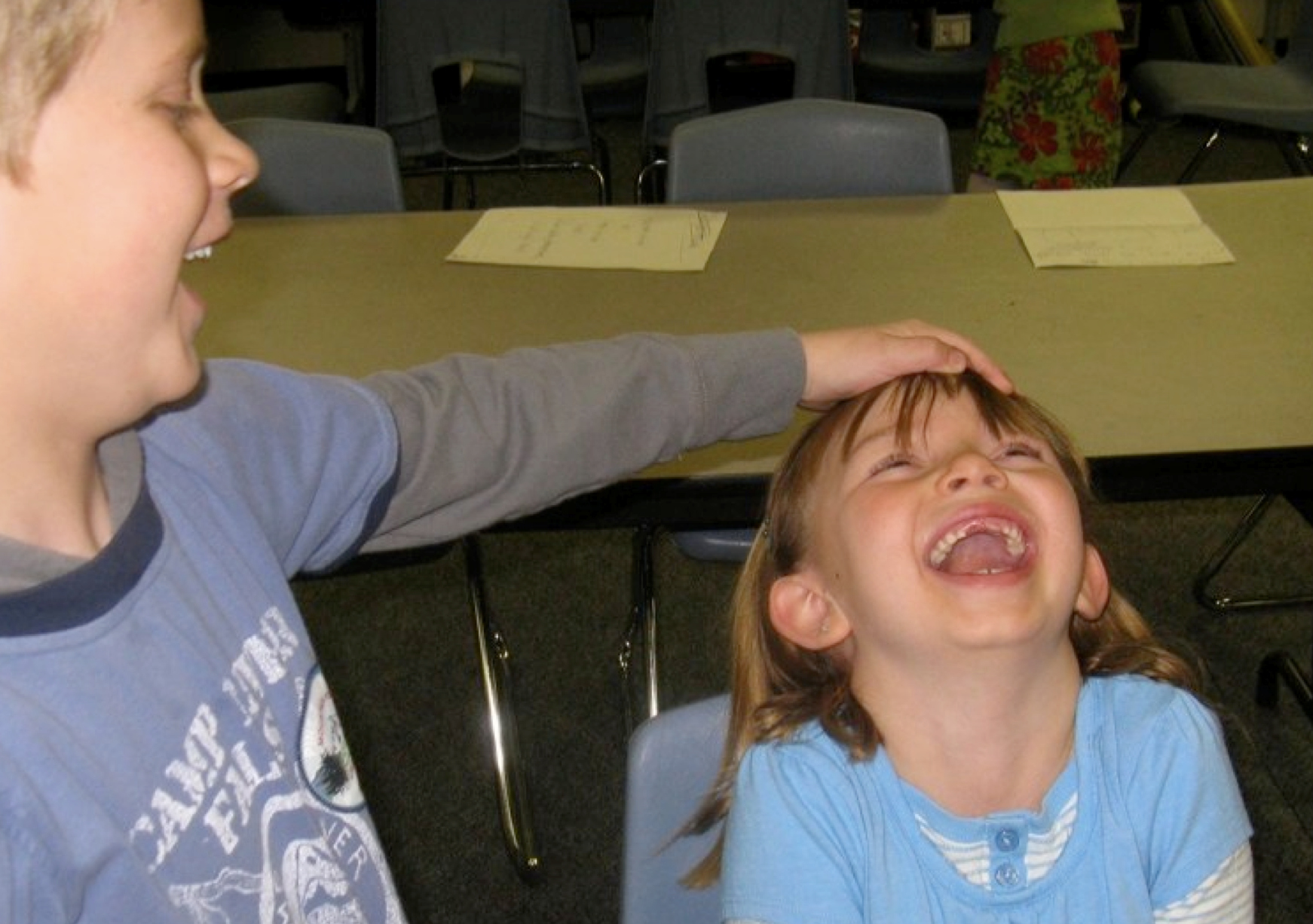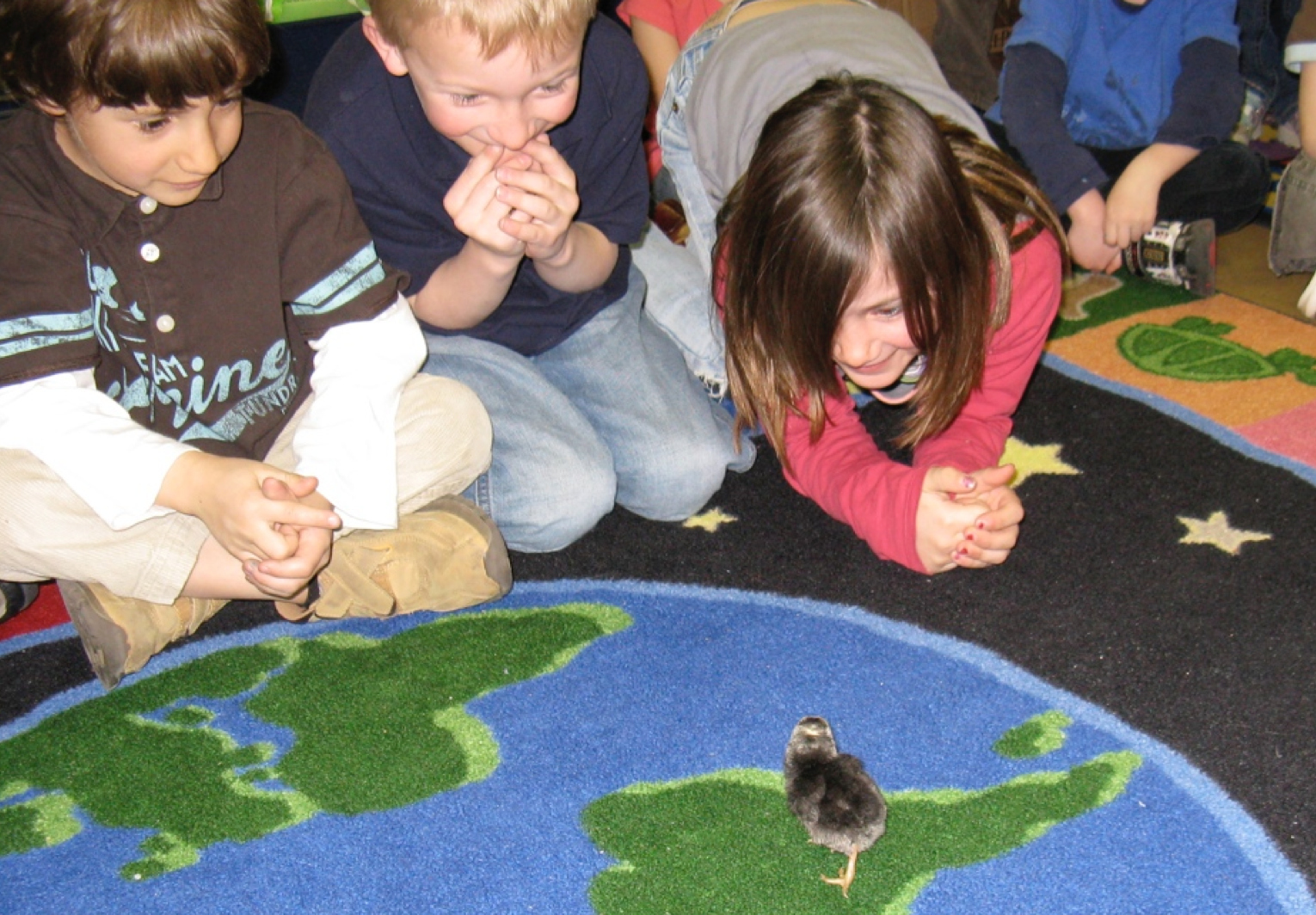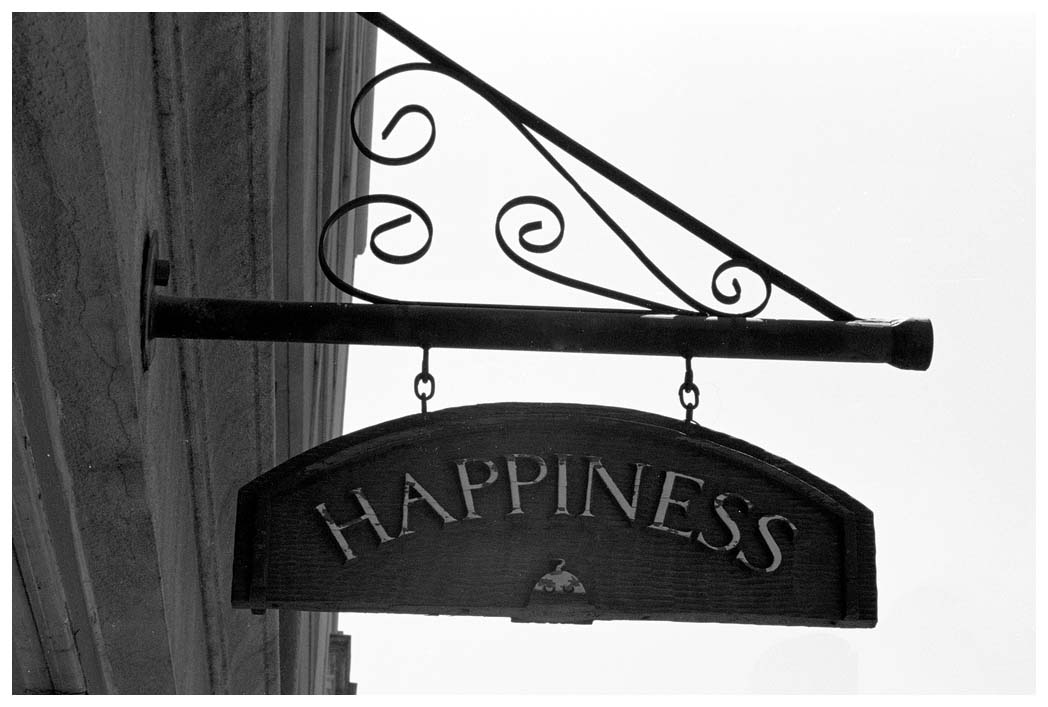Digital Storytelling in the WL Classroom
/“Tell me a fact and I’ll learn. Tell me a truth and I’ll believe. But tell me a story and it will live in my heart forever.” ~ Indian Proverb
Storytelling has been a major component of my World Language classroom for many years. New vocabulary and grammatical structures are embedded into stories co-created by myself and the class. Students are the actors: a king, a talking tortilla, an octopus or possibly Shakira. Stories are an effective vehicle for providing compelling, repetitive and personal comprehensible input. Because language is acquired through comprehensible input, I have found storytelling effective for both helping students acquire high levels of Spanish as well as creating a close-knit community of risk-taking language learners.
I have used the traditional paper/pencil/crayon storyboards for years. Quick and easy for assessing Listening Comprehension (Interpretive Mode) and practicing retells (Presentational Mood) but many kids (often the older ones) find drawing difficult.
Digital storytelling is incredibly more powerful in terms of building language proficiency. Digital tools today enable my students to capture our class stories, create their own and easily share them with a wider audience on my website or their blog. The ability to easily work with audio, text, images and now video is amazing!
Here are a few examples of students creating digital stories.
iMovie (above)
Course Three inspired me to create a digital story(with iMovie) based on our most current class story. Kim was correct in stating the amount of time required to make an actual video. Embarrassingly, it took me about 10 hours to complete mine and it is no masterpiece. I created it primarily on the plane with no wifi and wanted to experiment with the different features. I'm grateful otherwise I’m sure I would have spent double the time looking for images of Juanes and music from Marc Anthony. I tried, instead, to focus on providing repetitive language and asking a few simple questions to prompt students while viewing.
My only caution, as a language teacher, in using Digital Storytelling is the potential amount of time spent (in class) creating digital stories. Although most tools are quite easy, there still is a learning curve and I find my students move back to English when learning how to use the tool or program. I'm trying to teach language such as What do I do next? or How did you do that? to mitigate them moving into English. Also, students and teachers can spend too much time looking for the perfect background, color or image. I say too much time only because class time is limited and searching for the perfect color of blue will not increase a student's proficiency in the language. That being said, giving time lines to finish stories and encouraging out-of-class creation are two strategies that have worked for me.
Limiting the tools you teach students is alright, too. There are so many options to create digital stories. New tweets everyday, with long lists, appear in my stream. It is not always about having lots of different tools to tell your story but having a few that work well for you and your class. That way, you are spending more time leveraging the power of the tool, rather than learning a new one. Sometimes I send kids home with a list of choices and they report back as to the best ones. Ideally, I'd love it if my students came in to my class already having had practice with a fews tools, as they do with a pencil or pen.
Please share examples of digital storytelling in your language classes. I'd love to see them.







